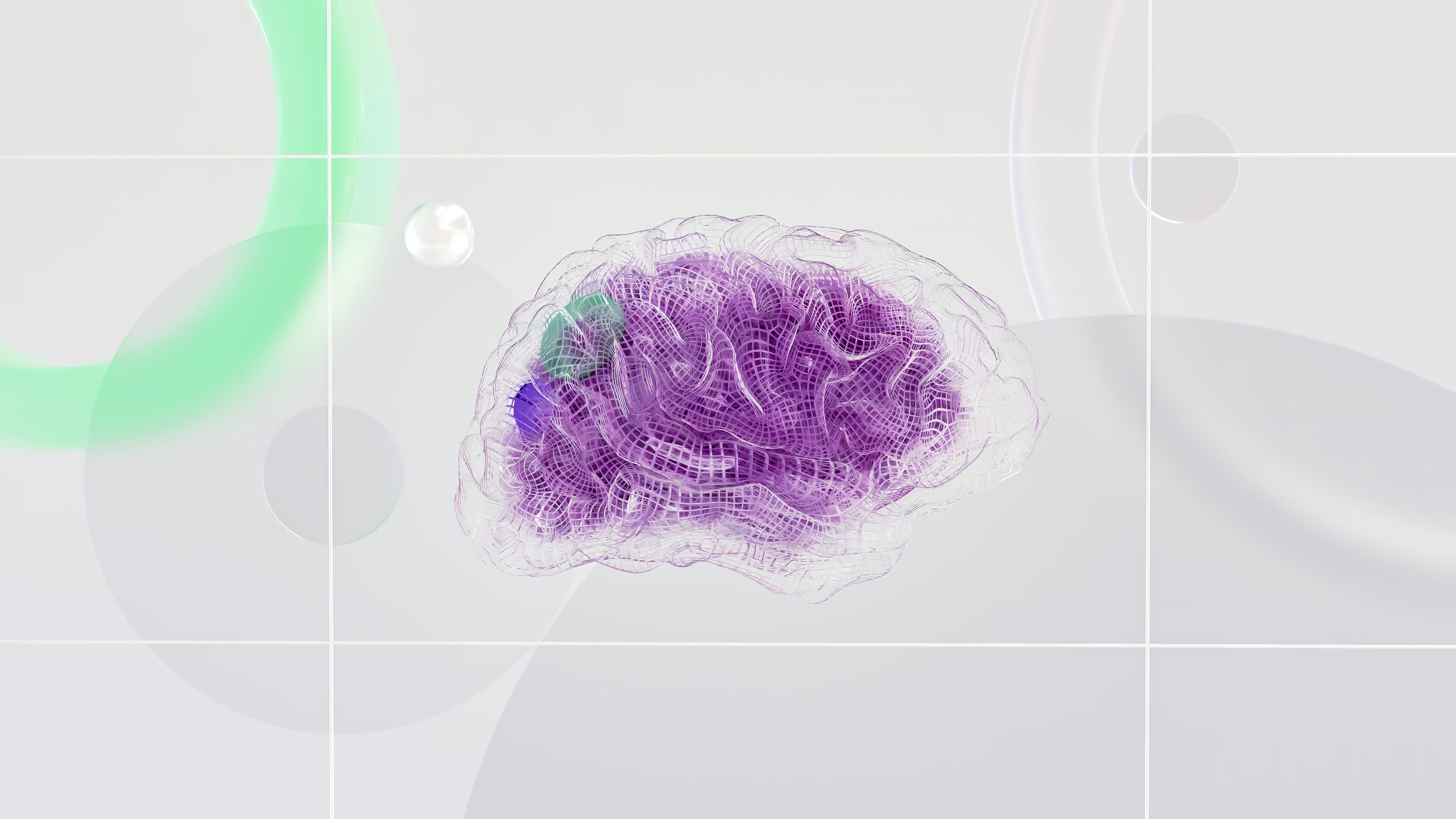The study, which makes use of common fruit flies, demonstrates how a high-sugar diet—a defining feature of obesity—causes insulin resistance within the brain, which lowers the brain’s capacity to eliminate neuronal debris and raises the risk of neurodegeneration.
This work will impact therapies aimed at reducing the possibility of neurodegenerative diseases. It will be released by the open access journal PLOS Biology on November 7.
Obesity is known to raise the risk of neurodegenerative illnesses like Parkinson’s and Alzheimer’s, but the precise mechanism by which one causes the other is unknown.
In recent years, a number of extensive epidemiological studies have produced results that are incredibly inconsistent.
The mystery surrounding the precise mechanism by which obesity could immediately contribute to neurodegeneration lies behind these contradictory findings.
One school of thought holds that lifestyle factors associated with obesity, such as poor eating and infrequent exercise, may be more harmful to the brain than obesity itself as a cause of dementia.
Drosophilia is a creature of tiny fruit fly that scientists often study to learn more about how obesity may cause neurodegeneration.
These fruit flies provide scientists with an effective means to model the physiological impact of human weight gain, as researcher Akhila Rajan explains to New Atlas.
High-Sugar Diet Leads to Insulin Resistance

The researchers now turned their attention to the flies’ brains after previously showing that a diet high in sugar leads to insulin resistance within the peripheral organs of the animals.
Since microglial dysfunction is known to be the cause of brain degeneration, they focused specifically on glial cells.
A cell’s ability to react to insulin is indicated by the amount of the protein PI3k. The researchers found that glial cells with higher sugar diets had lower levels of PI3k, an indicator of insulin resistance.
The fly equivalent of microglia, known as ensheathing glia, were also studied. Their primary function is to remove waste products from the brain, such as degenerating axons.
They noticed that the protein Draper was present in low concentrations in these glia, which suggested a malfunction.
Further studies demonstrated that artificially lowering PI3k levels was the cause of both insulin resistance and decreased Draper levels in ensheathing glia.


Comments are closed.